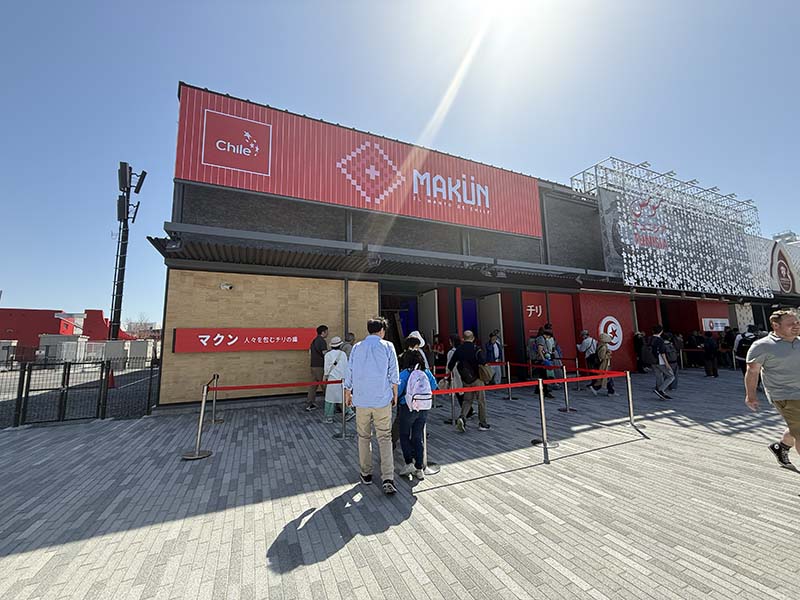
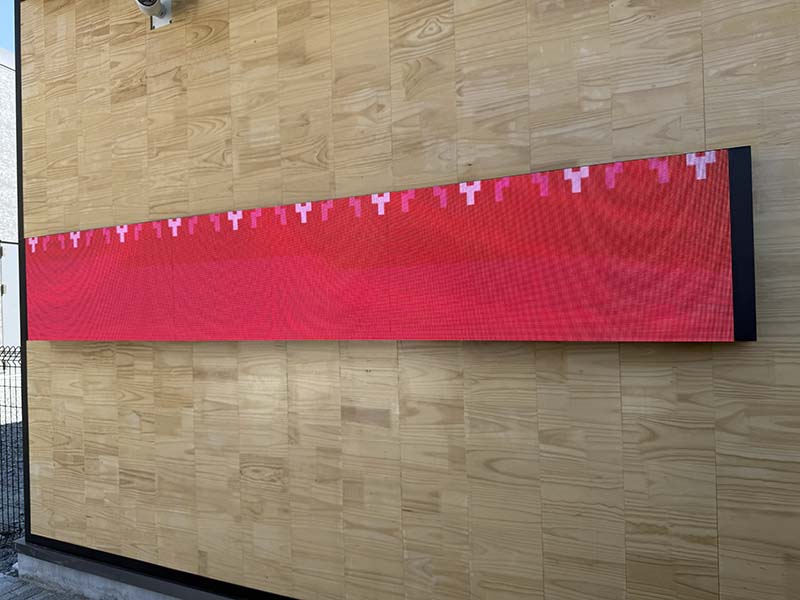
▷Recommended for
- Interested in Chilean textiles and folk art?
- Those who wish to view the exhibition calmly in a quiet space.
- Those who want to experience “simple culture” rather than showy productions.
Table of Contents
- The museum is open and less crowded.
- Textiles and craft works are the center of the exhibition.
- No video or hands-on content
- Summary|The quality of the exhibition is not bad, but the impression is subdued.
The museum is open and less crowded.
The Chile Pavilion itself is not small, and the aisles are designed with plenty of room for visitors to walk comfortably. When I actually visited the pavilion, it was hardly crowded and was very quiet compared to other popular pavilions. The lighting is also rather subdued, giving the impression of a “small room in a museum.
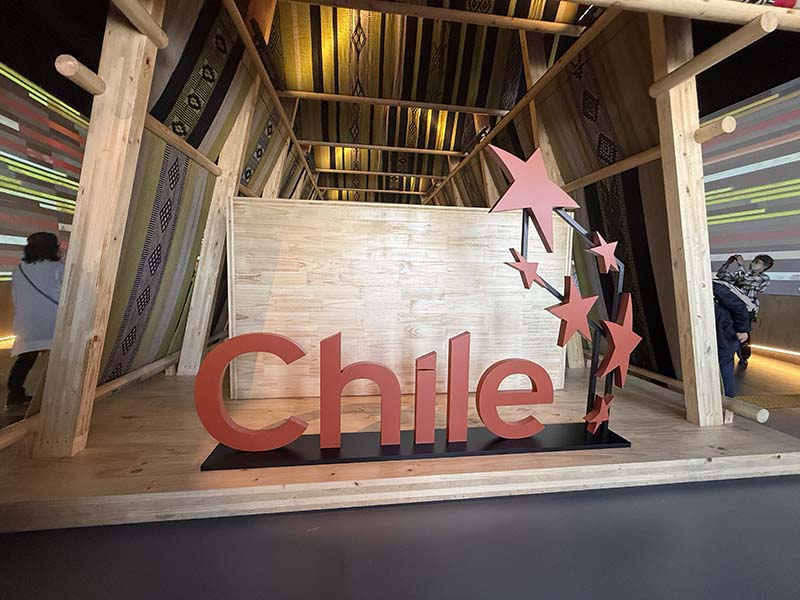
Textiles and craft works are the center of the exhibition.
The exhibits are mainly Chilean textiles and folk art with roots in Andean culture. While the colors and patterns are vivid and characteristic of South America, the displays are simple and have a strong “documentary” feel. Panel explanations are minimal, and the language is mainly English and Spanish, which may make it somewhat difficult for Japanese visitors to understand the information. According to online information, some of the textiles are made of llama hair, and there are some highlights of traditional techniques.
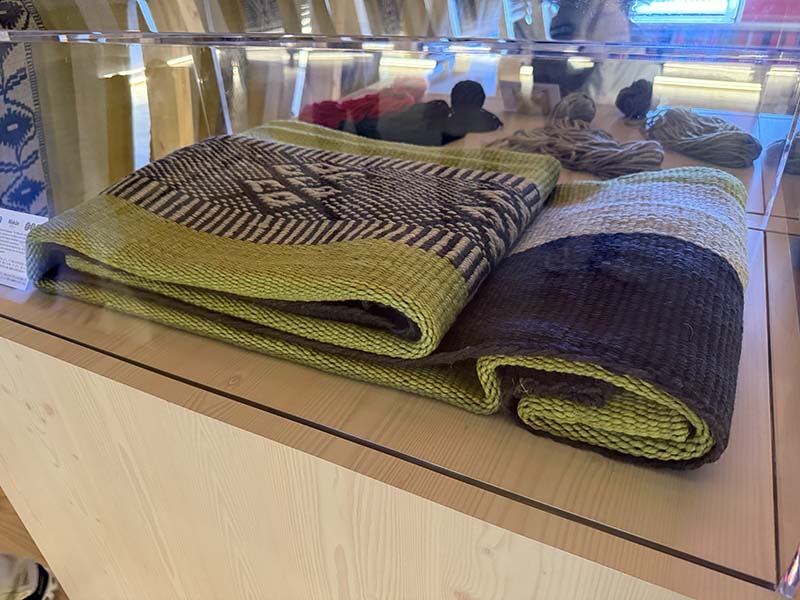
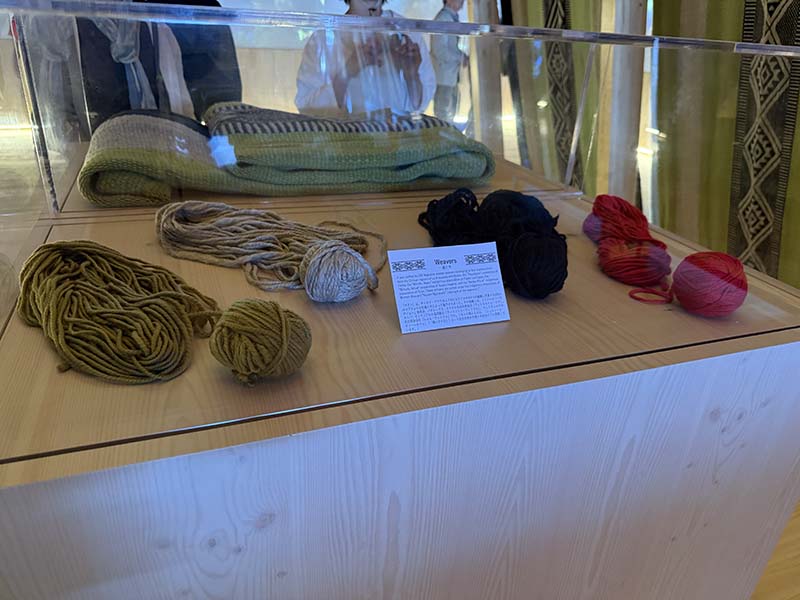
No video or hands-on content
As of June 2025, no video screenings or interactive exhibits could be seen in the museum. The route is short, and after a quick glance at the exhibits, you will reach the exit in no time. Although the number of exhibits itself is not small, it is a “see and finish” type of structure, which naturally tends to shorten the time spent in the museum.
Summary|The quality of the exhibition is not bad, but the impression is subdued.
Although the Chilean pavilion offers “pieces of culture” such as traditional textiles, it lacks the presentation and storytelling of other pavilions in other countries, and frankly, it leaves little impression on the visitor. The exhibition is not cluttered, so those interested in folk art and textiles should be able to enjoy it, but it is not designed to appeal to everyone. In terms of being able to see the exhibition in a short time, it may be possible to stop by as a time adjustment during busy times.


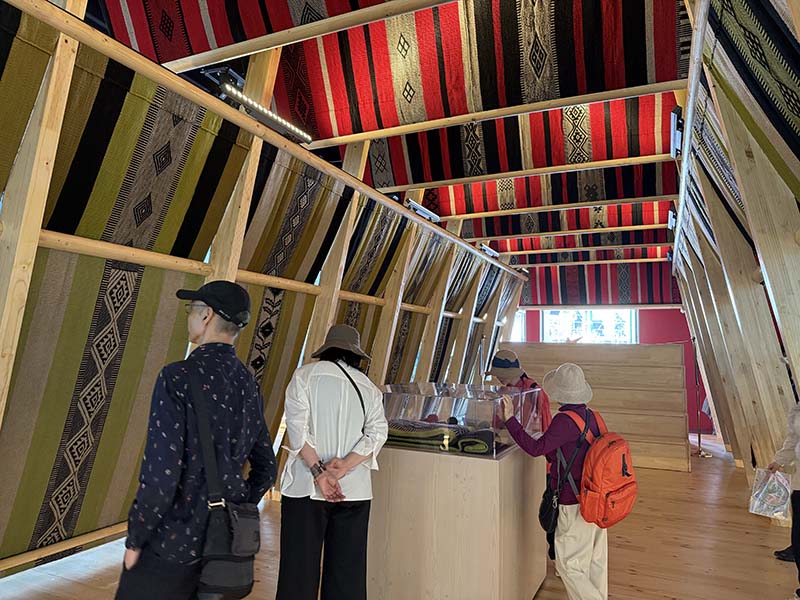


Comments